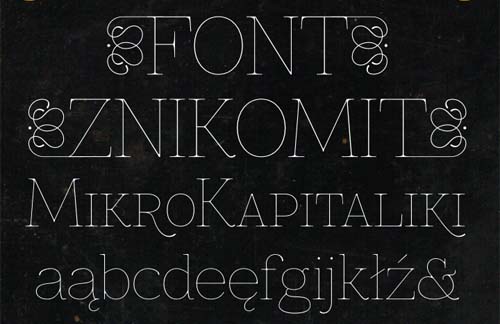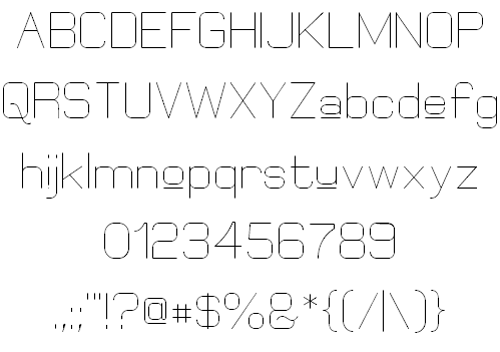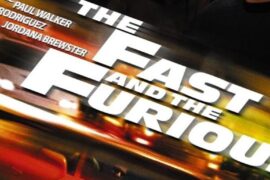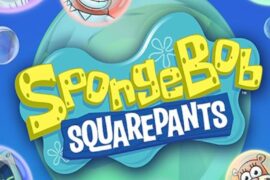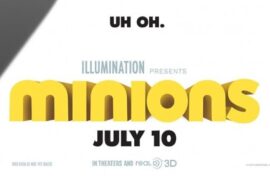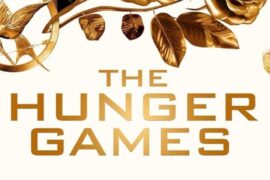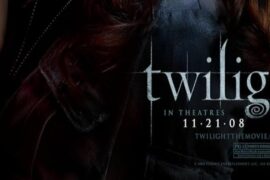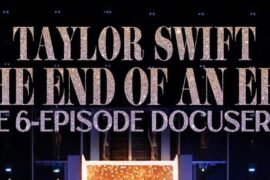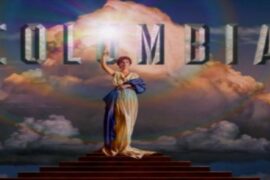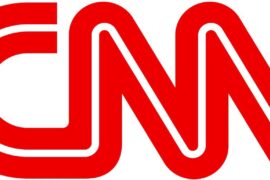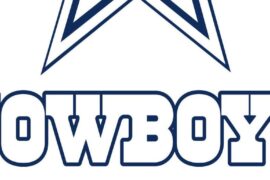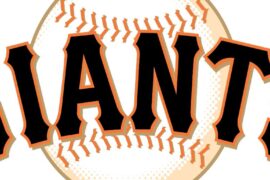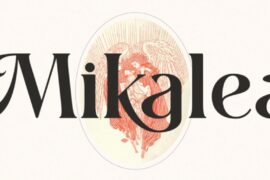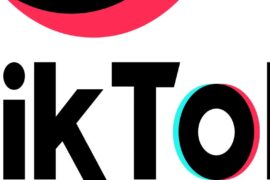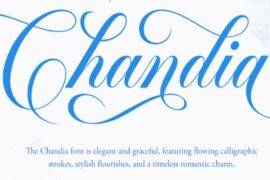The story of thin fonts reflects broader tensions in modern design: the desire for beauty versus the need for function, the appeal of minimalism against the requirements of accessibility, and the challenge of creating distinctive visual identities in an increasingly homogeneous digital world. As we continue to navigate these waters, one thing remains clear—the choices we make about typography are never purely aesthetic. They’re statements about who we’re designing for and what we value most.
The technical considerations around thin fonts extend beyond simple readability. Web developers must carefully consider font loading times, fallback options, and how different browsers render lightweight typography. A font that looks perfect in Chrome on a Mac might appear jagged or disappear entirely in older versions of Internet Explorer. This has led to sophisticated font delivery systems and careful progressive enhancement strategies.
When selecting free thin fonts, quality control becomes crucial. Unlike premium foundries that meticulously craft every character, free fonts can vary dramatically in their attention to detail. Look for fonts that include complete character sets, proper kerning, and multiple weights within the same family.
Thin Fonts
Penna
 Font Source
Font Source
Montepetrum
RawengulkSans
Cubos
Znikomit
Valdero
JD Code
Reswysokr
Web Serveroff
Aaargh
Vaguely Fatal
Raconteur NF
Perisphere
Crew
Caviar Dreams
RaveParty
Elgethy
Telavision
Interdimensional





